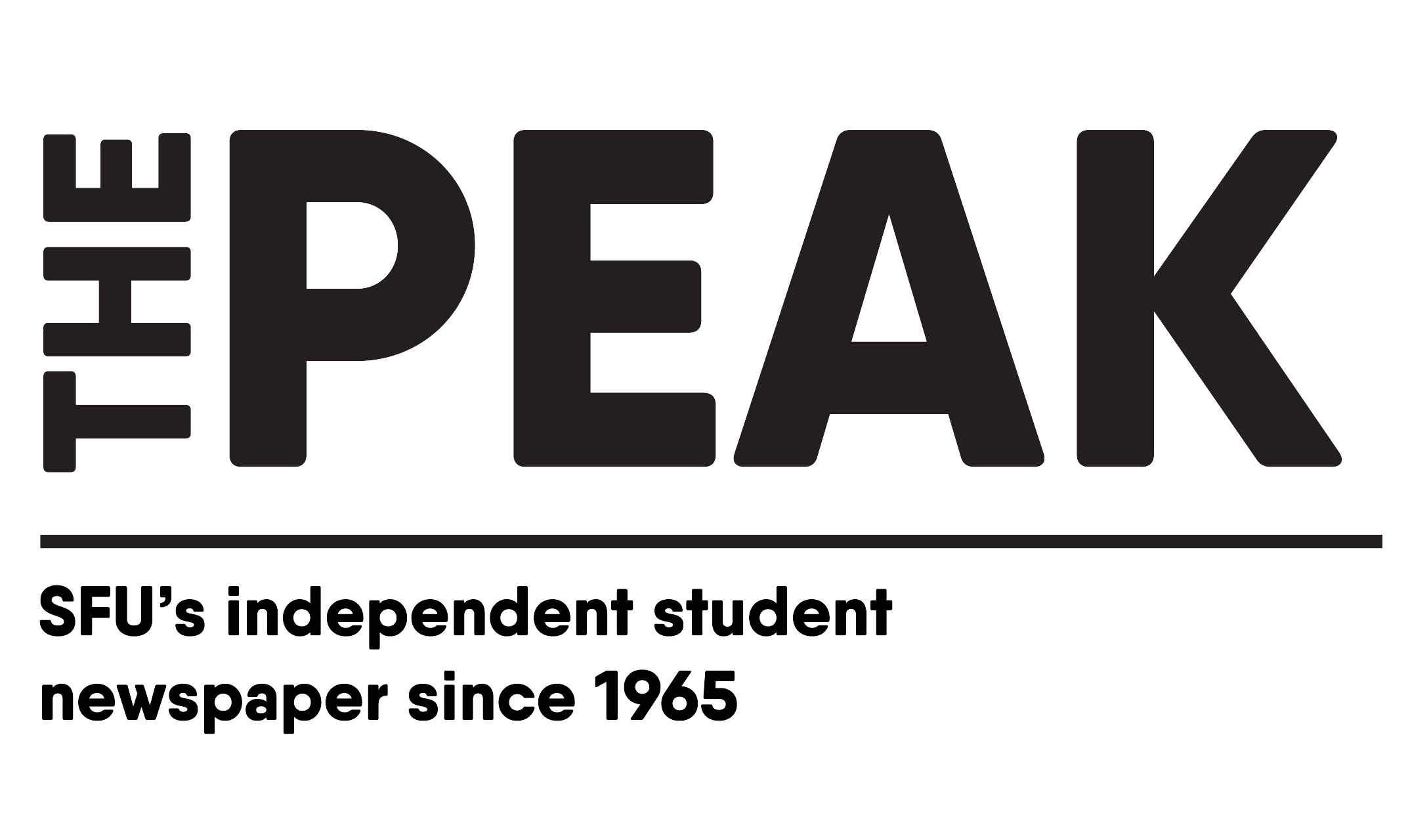By: Hannah Fraser, News Writer
On April 1, BC Emergency Health Services (BCEHS) improved paramedic staffing models in 60 rural and remote communities in the Vancouver Coastal and Fraser Health regions for better 911 responsiveness and consistent out-of-hospital care.
Previously, paramedics worked under the scheduled on-call model, carrying a pager. They were then required to access the local ambulance station once they received a page. However, many rural communities had concerns that this model was not quick enough to respond to 911 calls.
Mayor Andy Morel of the City of Rossland said the city’s year-round active, outdoor community and population of aging residents required ambulance services that could more readily support their health care needs. So, in more muti-generational communities, the scheduled on-call model could not support the city.
Given the new staffing models — 24/7 alpha, mix shift, and kilo shift — many communities now have two to three times more paramedics in ambulance stations than the previous on-call model did. 24/7 alpha involves full-time paramedics on duty 24 hours a day, while mix shift has eight paramedics that work 16 hours in their stations and eight hours on-call. Some communities have a mix of kilo/on-call shifts, similar to the scheduled on-call model where a full-time unit chief and staff are entirely on-call.
The Peak corresponded with Bowen Osoko, a spokesperson for BCEHS, for more information on the changes. Osoko said recruiting and filling the new emergency and health roles has been ongoing for several months now. While the BCEHS fills these positions, existing paramedic staff have been filling in extra positions to compensate for the new roles. Osoko notes the backfill “has been successful to date.
“We’re also working hard to connect with local community members who want to join BCEHS and provide excellent pre-hospital care to their neighbours and community.”
Jason Jackson, Ambulance Paramedics of BC president said, “Patient care is the most important thing to us, and this new approach helps us better recruit and retain paramedics to work in these smaller communities, improve how we respond to 911 calls, and most importantly, help paramedics provide better care to our patients.”
In addition, the BCEHS has brought more Indigenous paramedics onto their team. Indigenous Peoples have historically faced injustices in healthcare due to racism, and rural communities away from urban centres make accessing care much harder. Over a third of Indigenous people in BC reside in the north of the province. Tania Dick, the Indigenous nursing lead at UBC, noted that she and other nurses are flown into rural communities to provide aid. However, visits often aren’t made for weeks due to barriers with travel. These communities often depend on external resources from the government and organizations for this basic care.
“We’re actively working to bring Indigenous people into all levels of our organization,” Osoko said. “Doing so helps build trust, which helps improve patient care across BC.”
The Peak reached out to the First Nations Health Authority and the First Nations Health Council for more information, but did not hear a response by the publication date.






This is a fantastic development for rural healthcare! Increasing ambulance services in 60 rural communities in British Columbia is a significant step towards ensuring that people in these areas have timely access to emergency medical care. Rural communities often face challenges like longer response times and limited access to healthcare facilities, making initiatives like this crucial for improving health outcomes. Expanding ambulance services means that more lives can be saved, and people in remote areas can receive critical medical attention much faster. It’s great to see efforts being made to bridge the gap in healthcare access between urban and rural regions.
Air Ambulance Service in Canada
Air Ambulance in Delhi